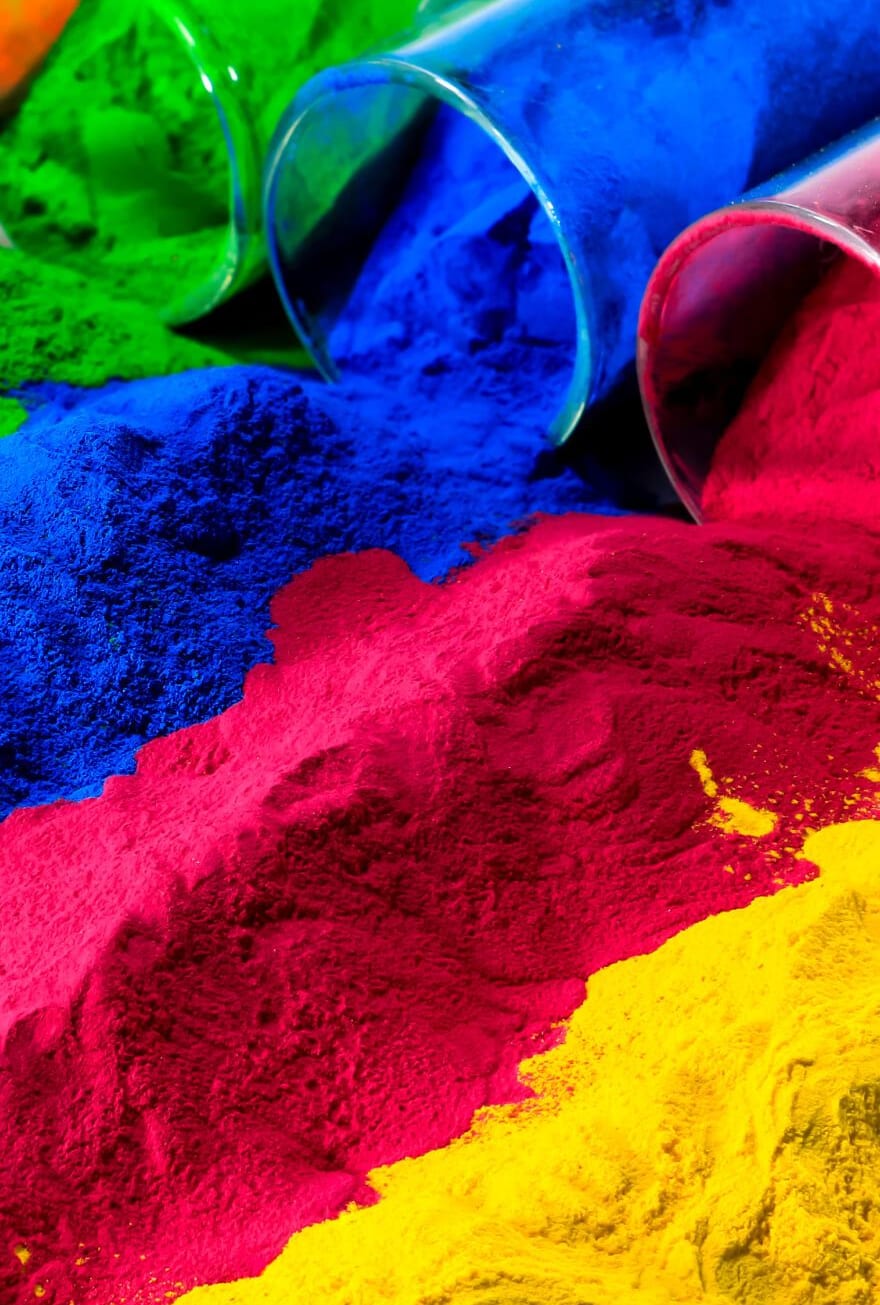Knowde Enhanced TDS
Identification & Functionality
- Pigment Type
- CASE Ingredients Functions
- Technologies
Features & Benefits
- Product Highlights
DayGlo® A-series and AX-series pigments are thermoplastic, fluorescent pigments which are recommended for a wide range of applications where resistance to strong solvents is
not needed.
They perform well in a system based on aliphatic and some aromatic hydrocarbons. They are also usable in water systems where prolonged shelf life is not required. The Aseries and AX-series pigments are used in such applications as paper coatings, vinyl coated fabric, A-type gravure inks, paints, screen inks, vinyl plastisols and organisols and
plastics with melt temperatures less than 380ºF (193ºC).
A-series pigments provide the brightest fluorescent color available. AX-series pigments are much stronger than the A-series pigments and usually represent a better money value.
Applications & Uses
- Applications
- Ink & Toner Type
Properties
- Color
- Soluble in
- Acetone, Ethyl Acetate, Methylene Chloride, Cyclohexanone, PM Acetate, Methyl Isobutyl Ketone, Ethyl Ether, Isophorone, Methyl Carbitol, Methyl Ether, Tetrahydrofurfurly Alcohol
- Insoluble in
- Glycerine, Ethylene Glycol, Propylene Glycol, Mineral Spirits, Heptane, Xylene, Toluene, 3-Heptanol, Diisobutyl Ketone, Dioctyl Adipate, Dioctyl Phthalate, Dioctyl Sebacate, Ethyl Amyl Ketone, Hexylene Glycol, Isoamyl Acetate, Isopropyl Alcohol, Lactol Spirits, VM&P Naptha
- Partially Soluble in
- Diethylene Glycol, Butyl Acetate, Butyl Benzyl Phthalate, Butyl Ether, Dibutyl Phthalate, DPM Acetate, Ethyl Alcohol, Isobutyl, Isopropyl Acetate, Methyl Alcohol, Tetrachloroethylene, Trichloroethylene
- Typical Properties
| Value | Units | Test Method / Conditions | |
| Average Particle Size | 4.5-5.0 | microns | — |
| Decomposition Point | 195 | ºC | — |
| Softening Point | min. 110 | ºC | — |
| Specific Gravity | 1.36 | — | — |
Regulatory & Compliance
Technical Details & Test Data
- Lightfastness
The higher the pigment concentration, the better the lightfastness. Plasticizers, stabilizers, and other additives can influence the lightfastness of fluorescent pigment. The following table gives the recommended percentage of pigment for optimum color and light stability with respect to film thickness:
Wet Film Thickness (mils) % Pigment 3 - 5 (75 -125 microns) 20 – 35 10 (250 microns) 10 – 20 20 (500 microns) 7 – 15 40 (1,000 microns) and over 2 – 8

